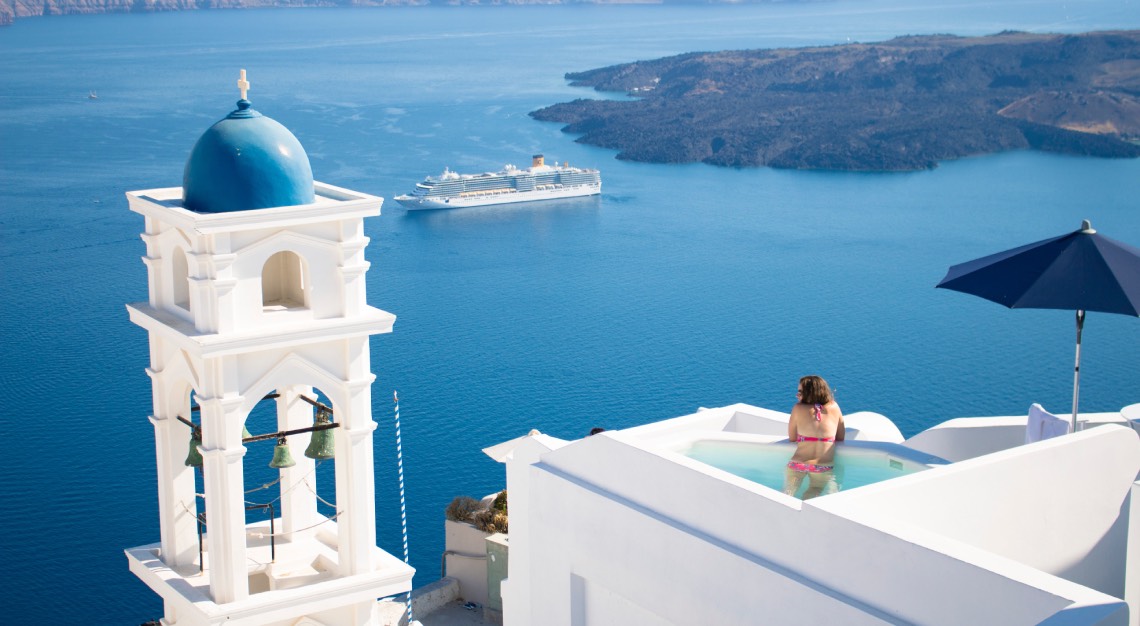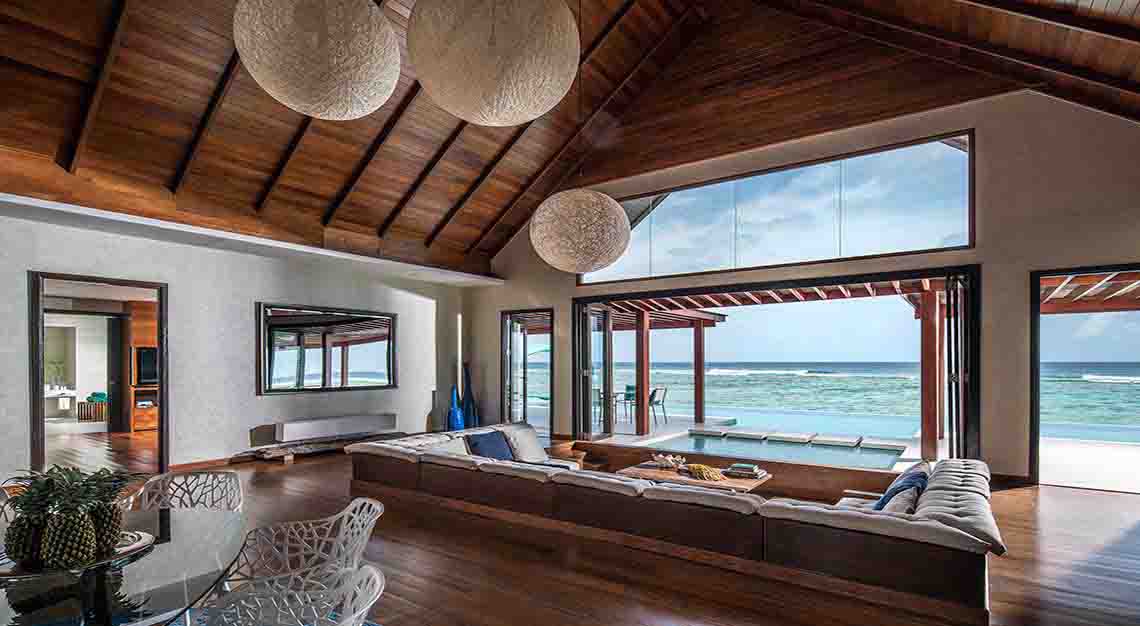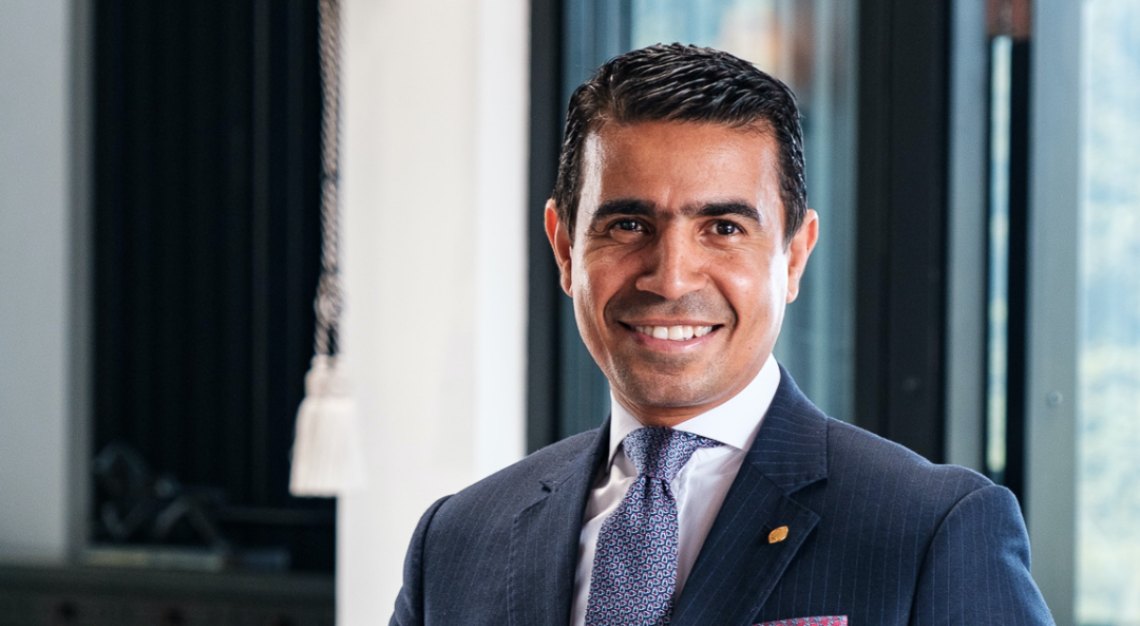As luxury travel booms, guests are finding that they are paying more for less at five-star resorts. Here’s why
Jeff Tolkin just returned from a family trip to southern California. The New York-based entrepreneur and his family stayed at a well-known five-star resort there for a much-needed break, though Tolkin couldn’t quite relax as planned. He kept noticing small hiccups, a sense that service was both frayed and frazzled. Turndown was an hour earlier than requested, and the extra body lotion never appeared in the bathroom. There was a power outage overnight, but no generator ran as a backup. The worst thing was breakfast. “My son’s eggs had clearly been nuked – at a five-star hotel?” he says, baffled, and particularly after paying US$961 (S$1,297) per room, per night, plus a 50-buck (S$67.50) resort fee tacked on top.
Tolkin’s perspective is particularly pertinent, because he isn’t just a seasoned luxury traveller; rather, he’s also co-chairman and CEO of World Travel Holdings, one of the industry’s largest conglomerates. Tolkin cautions that those shortfalls have long-term impact on the perception of quality at luxury hotels like that. “Even the wealthy don’t want to feel like they got taken: if you’re asking for good coin, you’ve gotta give good service in the areas that are functioning,” he says, “If you take too much off a pizza, you no longer have a pizza. There’s a limit to how much you can take away before you don’t have the same experience.”

Sub-par service and sky-high rates are a risky mix
It’s a problem looming large in the luxury travel industry, which is seeing profits surge while it still struggles to return to pre-pandemic service levels.
Rates haven’t just rebounded – they are skyrocketing. Per statistics supplied to Robb Report by hospitality data firm STR, the average daily rate at a luxury-class hotel in America in Q2 2021 was US$321.58 (S$434), more than seven per cent higher than the same period two years ago; given that 2019 was a banner year for travel, that’s an impressive achievement. New York-based travel agency Skylark told Robb Report that rates at resort destinations stateside had risen even higher – on average between 20 to 30 per cent versus that same period.
Yet as travellers pay more for a room, they often end up with a less than stellar experience. Cari Gray, who runs Robb Report Best of the Best-winning travel agency Gray & Co, has seen similar shortcomings to those Tolkin witnessed. “I was at a lodge the other day [that] said they couldn’t get bread for the restaurant, because the local baker in town wasn’t getting enough flour delivered,” she says, though there was no discount on the nightly rate. Likewise, at another five-star ranch, breakfast and lunch were served buffet-style; staffing levels were too low, per the hotel, to provide table service. “I’m sorry folks, but we’re still in a pandemic, and I don’t want to be touching a spoon everyone else has,” she shrugs.
Reactivating local, furloughed workers takes time and money, both of which are in short supply among hoteliers desperate to seize that newfound opportunity. “The price of executing has gotten a lot higher, with more untrained staff, and more scarcity in terms of supplies,” she adds. The problem is compounded by the fact that temporary workers, on whom many seasonal resorts rely, arrive in America each year, mostly from the Caribbean, on J3 visas. Thanks to the pandemic, of course, “none of those staff are making it into the country.”
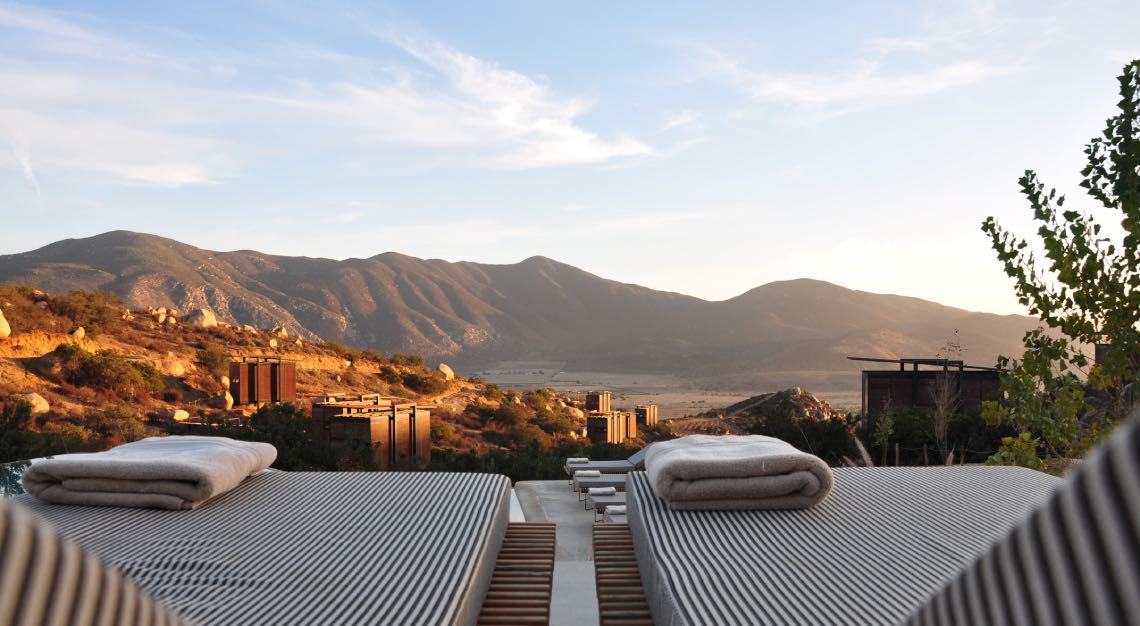
The ‘revenge travel’ phenomenon is fuelling the surge
It’s hard to blame hotels for hiking their rates, of course. Five-star hotels that have limped along since spring 2020 can potentially recoup 12 months of losses just by hiking their prices to meet the surging demand this summer. And they know that wealthy Americans are exiting the pandemic flusher than ever: Billionaires, for instance, are estimated to have amassed an extra US$1 trillion (S$1.35 trillion) over the first 10 months. They want to spend it on travel, too: A recent McKinsey report showed that 44 per cent of Americans intend to splurge on what’s been dubbed “revenge travel” this year. But overcharging and under-delivering poses a long-term threat to the luxury sector’s reputation that could be far more damaging than the challenges of the last year or so.
Simply, it’s because lavish service is now the biggest lure for luxury travellers. Once, five-star hotels could impress guests with the opulence of their decor and amenities – think multiple pools or a beach club, perhaps. Now, though, wealthy Americans often live in homes that more than match hotels’ physical grandeur. Service, then, is the USP for VIPs, as Gray explains. “Most of our clients are not super price sensitive, but they are very, very service-sensitive,” she says, “And across the board, service levels are down.”
Connecticut-based Meg Nolan runs Friend of a Friend consulting, another luxury travel agency. Nolan just returned from an east coast resort, where rooms this summer are running at US$1,800 (S$2,429) or so per night. The pool there had space and chairs for 30 guests, but more than 60 were crammed round it; just one harried server was catering to their drink orders, resulting in hours-long waits. The resort didn’t comp cocktails despite the backlog. “I think some hotels have been more honest about their service deficiencies and staff problems. That hotel had some very evident staffing issues, but no one said anything about it,” she laughs, “I just found out because I asked the spa therapist what was going on.”
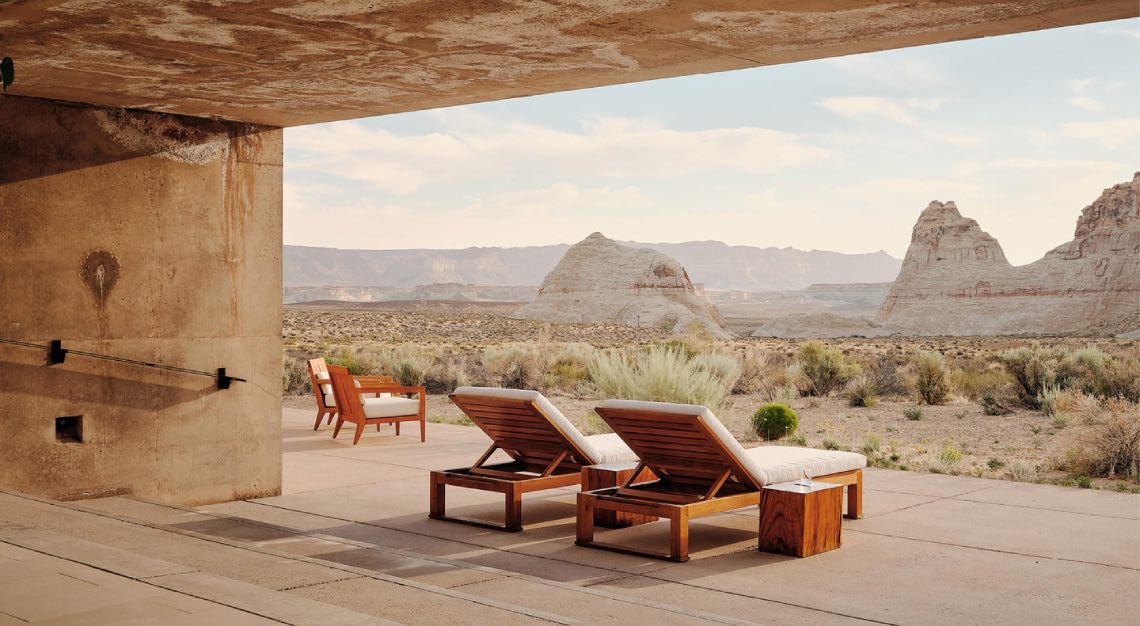
Why independent hotels are the safest bet this year
Not all luxury hotels have fallen prey to the temptation to hike rates or hide shortfalls to rebound from their pandemic-induced losses, of course. Take Amangiri, in Utah, where Nolan has sent many clients; its candor has been refreshing. “The rates are still high, around US$2,900 (S$3,914) per night, but I don’t think they’ve raised them,” Nolan notes, “From the beginning, they’ve said, for example, ‘No tours in Bryce or Zion right now – they’re too crowded and we can’t get the right guides, and so it won’t be the typical Aman service.’” Grace Bay in Turks & Caicos is another outlier, according to Paul Tumposky, founder of Skylark. Tumposky recalls this spring, when rates at five-star hotels in Miami were reaching prices usually seen over the Christmas and New Year period. Grace Bay, offering a similar chance at winter sun for snowbirds, didn’t hike prices. “They said ‘These are our usual rates this time of year, these are the clients we want to support’ – it’s a really respectable thing to do.”
Grace Bay has a particular advantage in current circumstances, per Tumposky, as the property is both owned and operated by the same firm. That’s how hotels traditionally ran – think family-run luxury properties on the Amalfi Coast – but many are now real estate-driven: A developer will partner with an operator like Hyatt or Hilton to handle the day to day. These two types of hotels have drastically different priorities: Owner-operated properties are likely to think long-term, wanting to retain guests for 2022 and beyond, and acting accordingly. When a developer sees a property bleed red ink, he or she will react sharply. “Owners get on a Zoom call with the big brands and say ‘We got killed last year, we want to make our money back quickly.’” For smart travellers, then, 2021 is the summer of the independent property.
Wherever you go, though, pause for a moment. Though many hotels might prove poor value this summer, remember there’s responsibility on both sides. If a property maintains rates and gives candid warnings before a stay, like Amangiri, travellers should respond with grace and patience. “So many of the staff will be thrilled to see you, and for those that have been furloughed, to be back doing their trade is just pretty profound,” Friend of Friend’s Nolan says, “Maybe it’s worth thinking about forgiving something like tardy turndown if someone is so thrilled you’re there.” Tumposky agrees. “It’s about expectation-setting in this new environment. Every single person’s job at the hotel has changed, so we need to have an open mind about what the new world is like.”
This story was first published on Robb Report US
